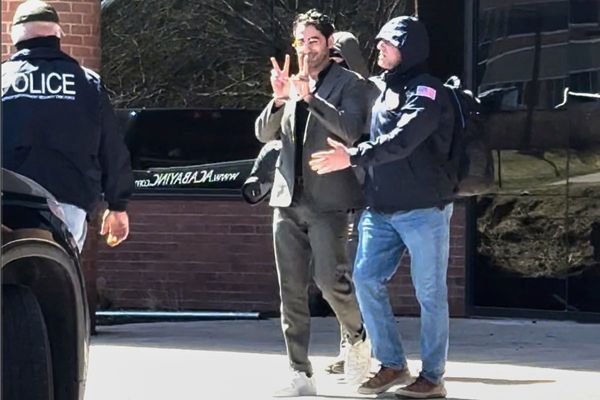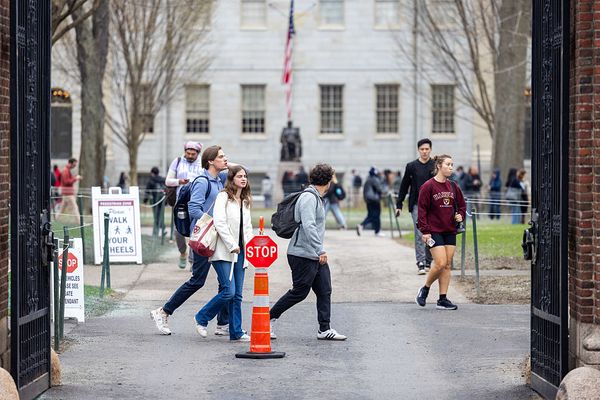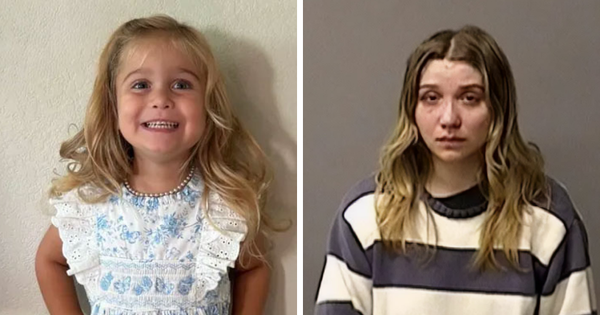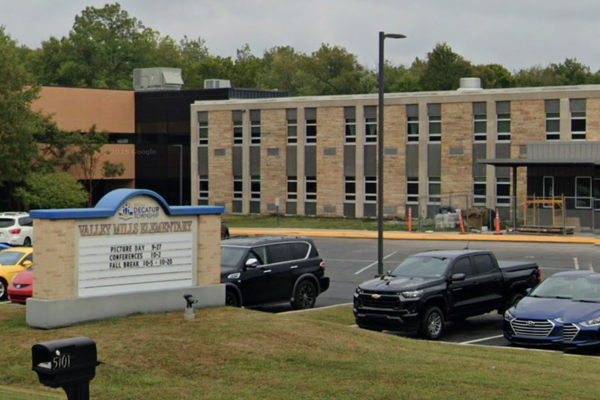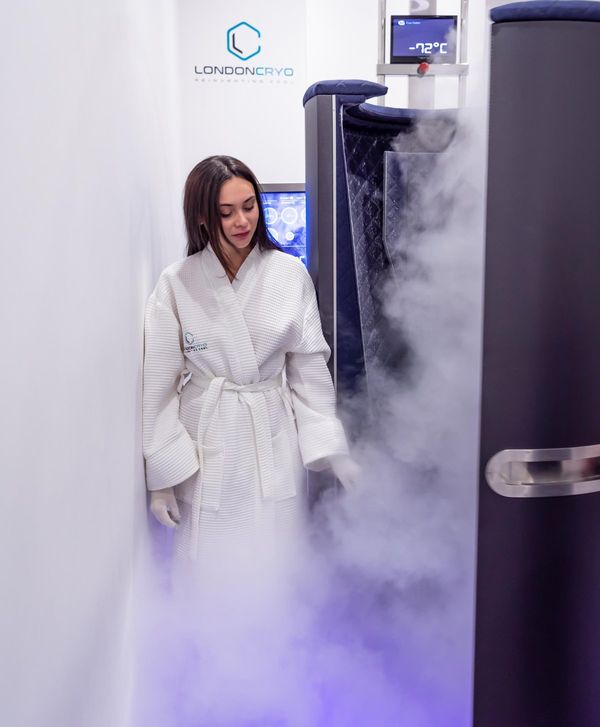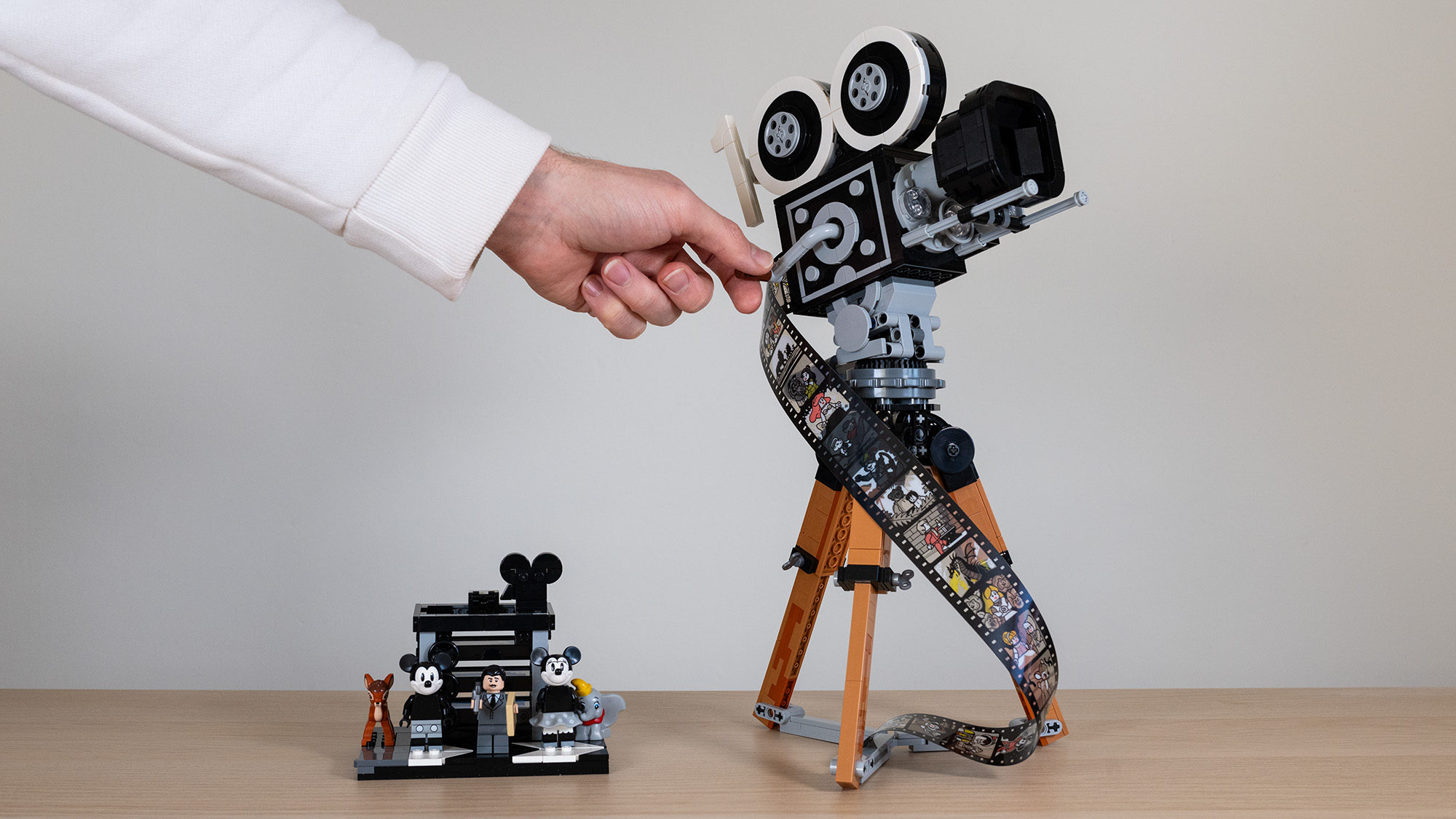
I had great fun putting together the Lego Disney Walt Disney Tribute Camera (43230). Not only is it an interesting build, but it’ll make a fab addition to my camera shelf alongside my retro Nikon FM and Nikon D800. But this fine Lego representation of a 1920s film camera isn’t necessarily the star of the show for camera nerds.
You see, you get a neat additional side build, which most people may assume is little more than a stand in the shape of a clapperboard to display the five Disney Minifigures. I myself had no idea what it was, but upon reading through the instruction booklet I realized that it wasn't just an extremely interesting camera relic, but arguably the most important camera in Disney's illustrious history.
The camera in question is called a multiplane camera, and it essentially skyrocketed the production values of Walt Disney’s animations. Here’s how…
What is a multiplane camera?
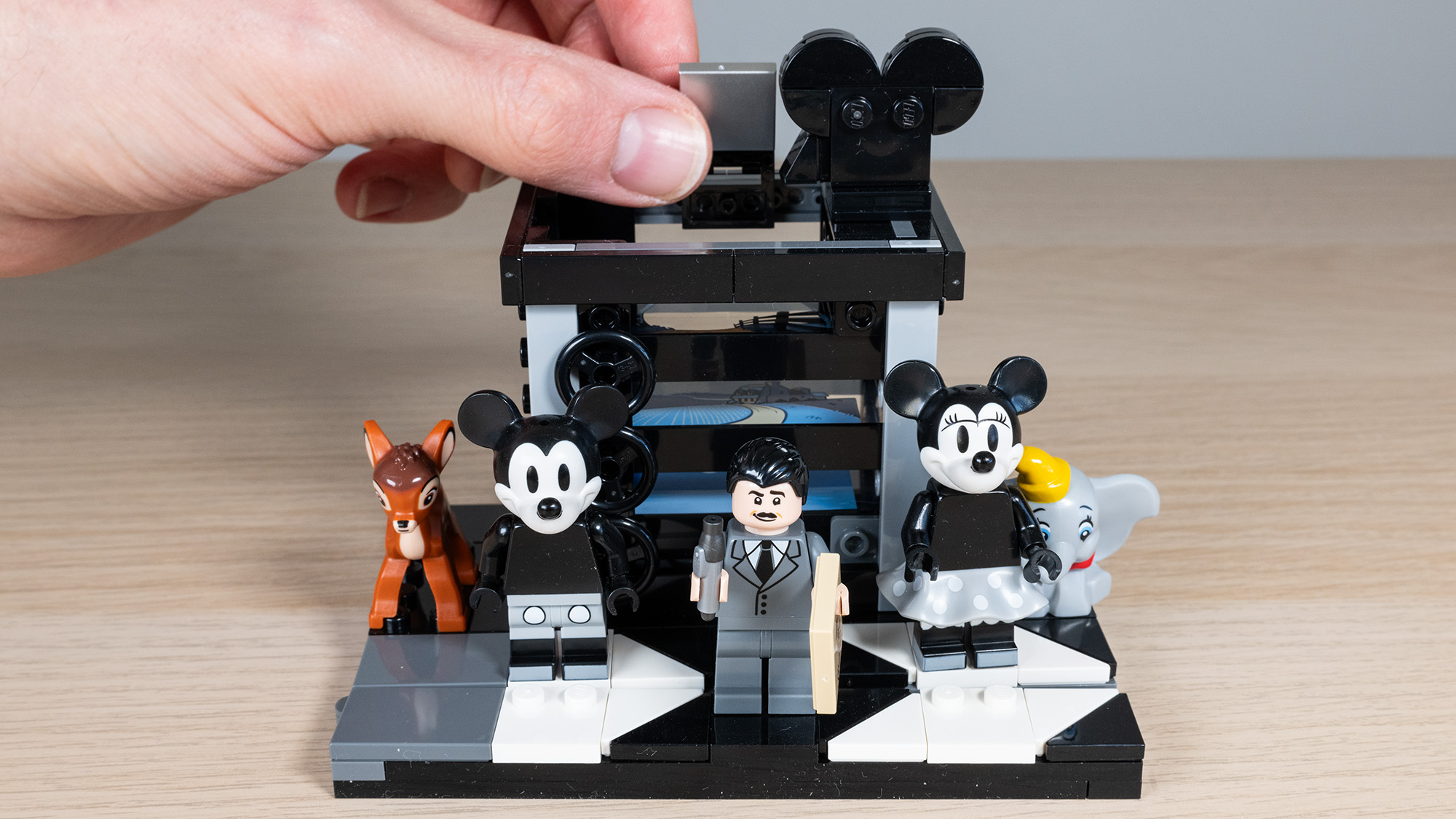
The origins of the multiplane camera can be traced back to the 1920s when, according to the British Film Institute, German filmmaker Lotte Reiniger developed an early version of the camera, which also split drawn environments into multiple planes.
Various people tinkered with the formula over the years before a team led by William Garity produced arguably the definitive version for the House of Mouse. According to D23 it was first used in 1937 short The Old Mill and subsequently Disney’s first feature-length film, Snow White and the Seven Dwarfs, enabling animators to create a pseudo-3D world for their 2D characters to inhabit.
How does a multiplane camera work?
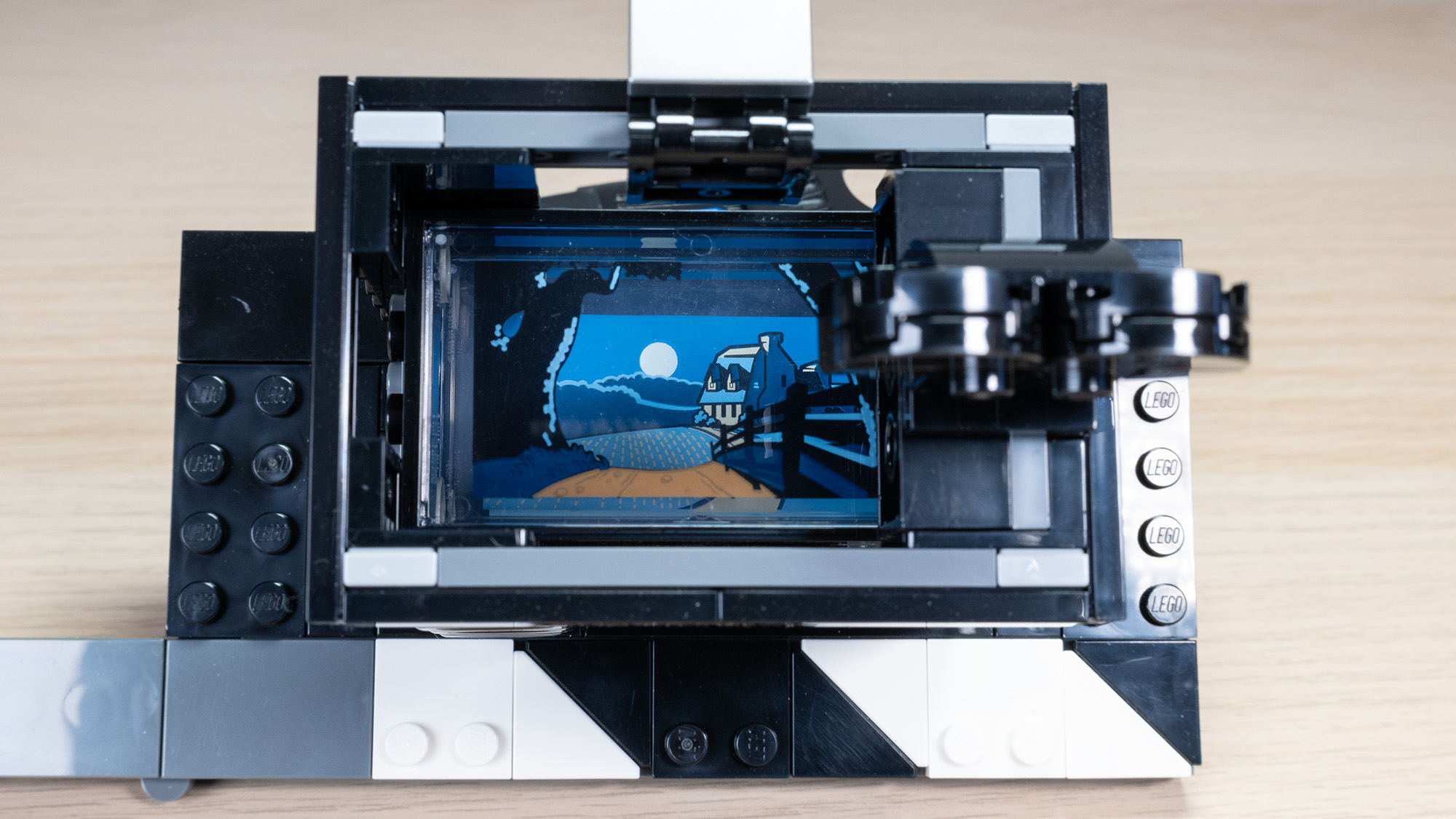
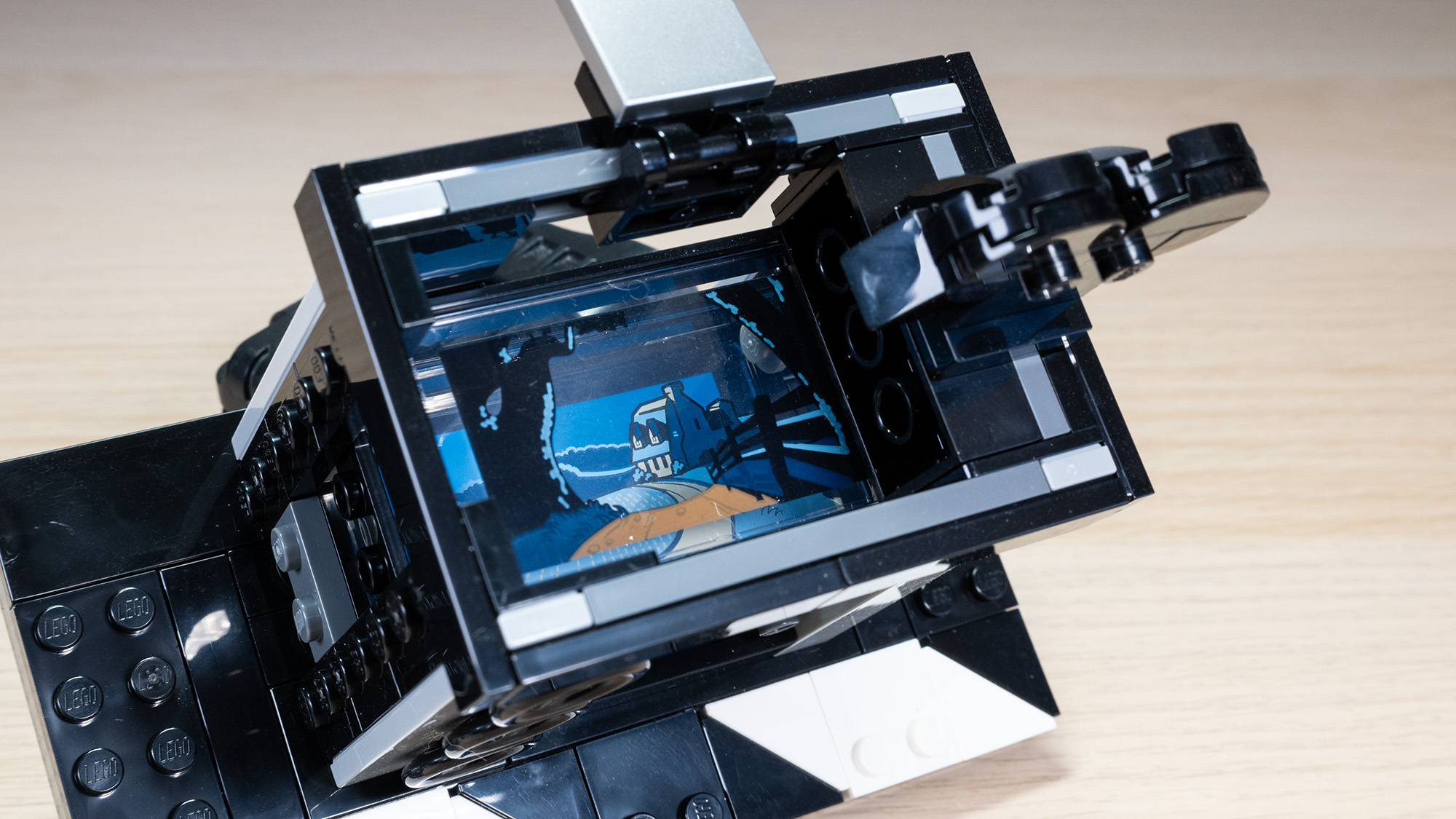
An environment would be split into multiple glass planes – for example, the foreground, midground and background. These planes would be stacked on top of one another within the multiplane structure, with the camera facing downwards. The transparent glass would enable the camera to see the layers as one cohesive scene.
The advantage of doing this was that each plane could be moved independently, tracking towards or away from the camera or from left to right and right to left. This enabled the animators to more accurately convey perspective, by moving the foreground at a much faster speed than the midground and background. Check out the YouTube video below to see Walt Disney himself explaining how the multiplane camera works:
ABOVE: Uncle Walt explains the multiplane camera
Lego’s representation of the multiplane camera doesn’t actually feature any moving parts, which is a shame. But it’s a neat little representation of the real thing. And what’s extra cool is that the image used on the Lego version is actually a scene from The Old Mill – its very first usage, and the example shown by Walt in the 1957 Disney documentary (above).
What about the main build?
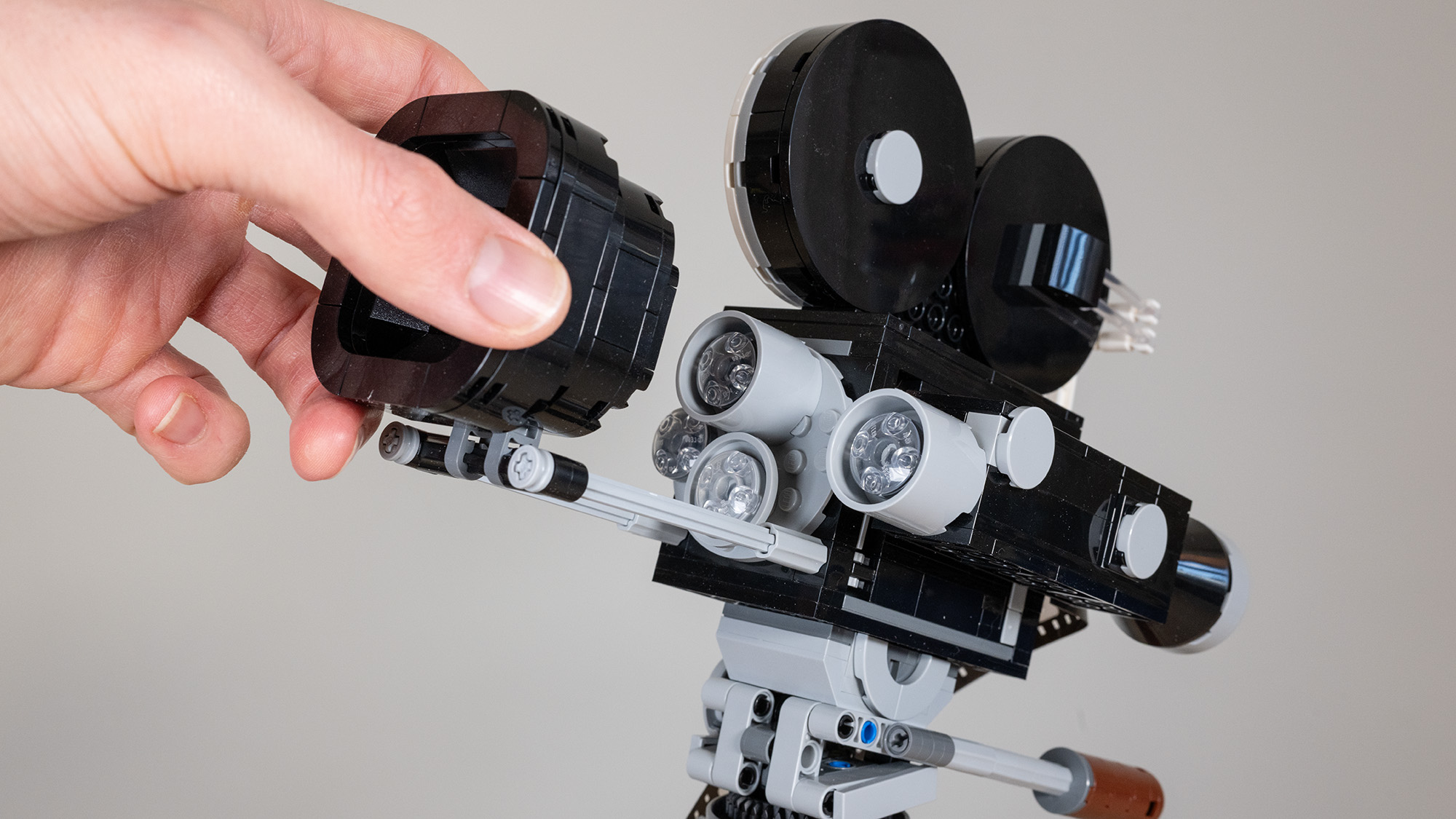
From a camera nerd perspective the main build isn’t as unique, but it’s still an incredibly cool representation of a 1920s film camera. It has a few playability features, too. The crank simulates the sound of advancing film when you wind it. The matte box can be slid forward to reveal a trio of lenses. And if you move the viewfinder out of the way, you can open the back panel to reveal a miniature representation of Walt Disney’s office. The film reel itself acts as a timeline of Disney’s biggest hits, from Steamboat Willie to Encanto.
Whether you’re a Disney fan or not, this is one of Lego’s coolest camera builds to date. And if you're anything like me, it might just teach you a few fascinating lessons about animated movie history.
You may also like...
If you're into movie camera history, did you know that Panavision turns 70, reveals 16 innovations it brought to legendary movies? And if you enjoy camera history in general, then check out the best film cameras and best film for 35mm cameras.
